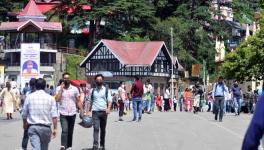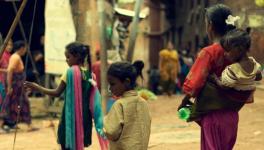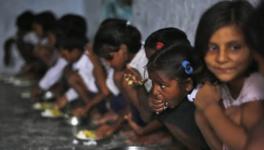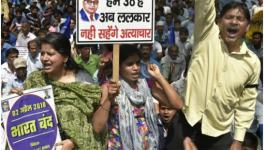Union Budget 2022: Govt Fails to Ensure Welfare of Dalits and Adivasis
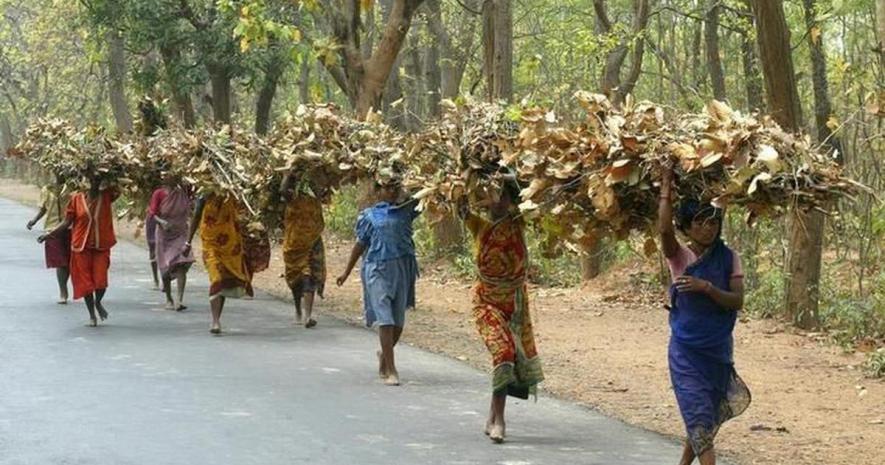
Despite the Union government constantly voicing the need for the development of dalit and adivasi communities, the Union Budget for the fiscal year 2022-23 spoke otherwise. For FY 2022-23, the allocation for the Scheduled Caste community stands at Rs 1,42,342.36 crore, and the Scheduled Tribes at Rs 89,265.12 crore.
However, according to the National Campaign on Dalit Human Rights (NCDHR), while the allocation seems quite large, the allocation for targeted schemes for SCs is Rs 53,794.9 crore, that is, 37.79% of the total allocation; for STs, the amount is Rs 39,113 crore, that is, 43.8% of the total allocation.
In an analysis of the Dalit Adivasi Budget released on Wednesday, February 2, NCDHR highlighted that as per the guidelines by the NITI Aayog on the Allocation for the Welfare of Scheduled Caste (AWSC) and the Allocation for the Welfare of Scheduled Tribe (AWST), it is mandatory to allocate an amount proportionate to the population, which is something the Union government continues to ignore. According to the Dalit Arthik Adhikar Andolan (DAAA), there exist gaps of Rs 40,634 crore and Rs 9,399 crore in the SC and ST budgets, respectively.
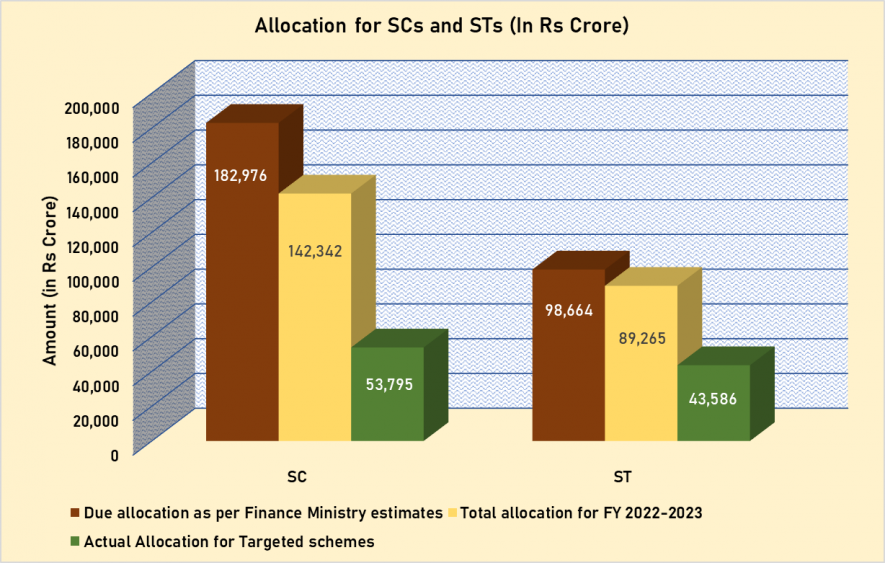
Speaking to the media on Wednesday, Beena Johnson of NCDHR said, “We had expected this Budget to be people-centric, especially because of the ongoing pandemic. But the aspirations of the people were not reflected in the Budget. It is a disappointment for anyone who thought that the government would announce robust plans to ensure that the people recover from the impact of COVID-19.”
She added, “During a time when unemployment rate is at an all time high, and when the country is witnessing a lot of reverse-migration because of the ongoing pandemic, those who have been affected most are the lower percentile of the working people – the dalits and adivasis.”
The analysis released by NCDHR said, “Dalit, adivasi, and muslim youth comprise 35%, 23.8%, and 33.1% of the population respectively in their communities (in the 15 to 34 age group). Many of them live in extreme poverty, with limited marketable qualifications or skills. They form the bulk of the unorganised working sector in India and constitute 92% of the workforce of our country.”
EDUCATION
The Union government’s failure to invest in the education of the marginalised communities will result in them continuing to live in poverty. According to the All India Survey of Higher Education (AISHE) data, the Gross Enrolment Ratio (GER) has increased during the last five years, from 24.5 in 2015-16 to 27.1 in 2019-20.
“However,” the report said, “allocations do not necessarily match increased enrollment.” While Post-Matric Scholarship (PMS) for SCs saw an increase, from Rs 3,416 crore in FY 2021-2022 to Rs 5,660 crore for FY 2022-23, the PMS for STs has seen a decrease in allocation, from Rs 1,993 crore in FY 2021-2022 to Rs 1,965 crore for FY 2022-2023. The Union government has committed to allocate Rs 35,000 crore to PMS over five years, but it failed to allocate Rs 7,000 crore as it should have, said DAAA.
SHREYAS, an umbrella programme, comprising four highly important higher education programmes, saw a combined allocation of Rs 364 crore only. It comprises National Fellowship for SCs, National Overseas Scholarships for SCs, Top Class education for SC students, and free coaching for SC and OBC students
BUDGET UTILISATION
The term Budget Credibility is defined as deviation between approved budget and fund utilisation at the year end, and if the deviation is more than 10%, then it is considered to be an issue. The NCDHR said, “There has been a serious budget credibility issue that has been observed in both Union and states as far as the SC and ST budget is concerned.” It said that in FY 2019-2020, the total fund utilisation under the SC budget was 80% followed by 89% under the ST budget.
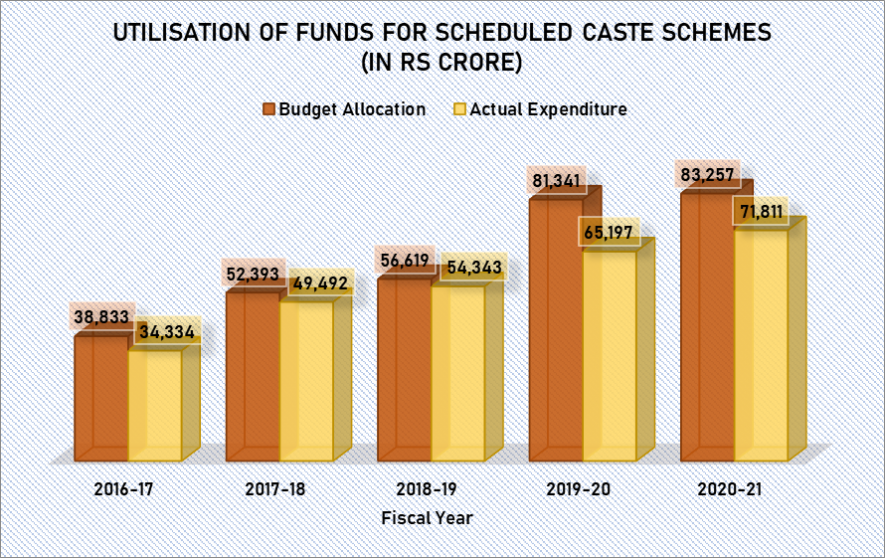
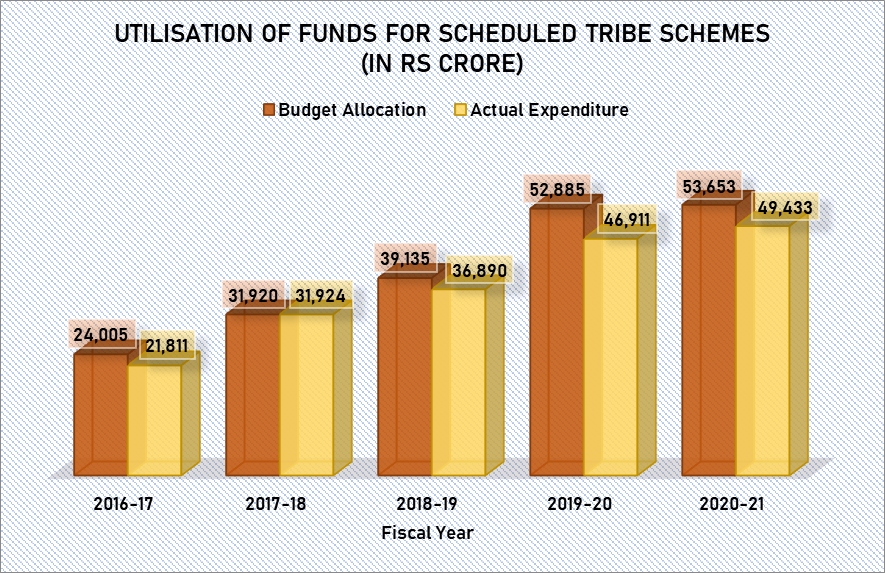
The Union government has repeatedly failed to allocate the amount which should be allocated for upliftment of the marginalised communities, and even then, it has failed to utilise the allocated amount, as can be seen from the Union Budget data from the previous years.
RECOMMENDATIONS BY NCDHR
The NCDHR has urged the Union government to ensure that all obligatory ministries allocate population proportionate funds for Dalits and Adivasis. It has also recommended that the allocation to direct benefit schemes, like PMS, hostels, skill development schemes be increased and timely transfer of funds be ensured to beneficiaries at all cost.
It has also urged the government to come up with a minimum social protection floor which guarantees access to universal basic healthcare including maternity benefit and basic income security for all Dalits and Adivasis.
It added, “Allocation should be increased to prevent crime against Dalit women, men, children, people with disabilities and queer and trans persons. There is need for establishing clear mechanisms to provide protection and security to any victims of caste-based discrimination and violence. The current allocation is grossly inadequate.”
Get the latest reports & analysis with people's perspective on Protests, movements & deep analytical videos, discussions of the current affairs in your Telegram app. Subscribe to NewsClick's Telegram channel & get Real-Time updates on stories, as they get published on our website.









